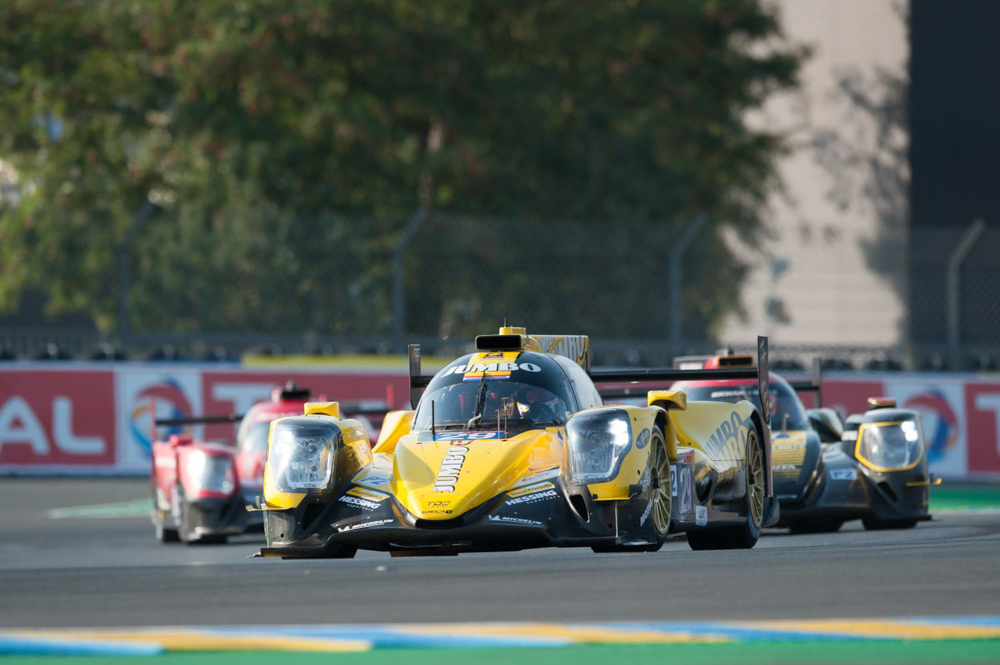
This year’s running of the 24 Hours of Le Mans, usually held in the middle of June in the quiet town of Le Mans, France, will finally push through tonight after a long three-month delay due to the COVID-19 outbreak. At 2:30pm, French local time (8:30pm, Philippine local time), the 54-car field will flag off at the Circuit de la Sarthe for the 88th running of the famed endurance race.
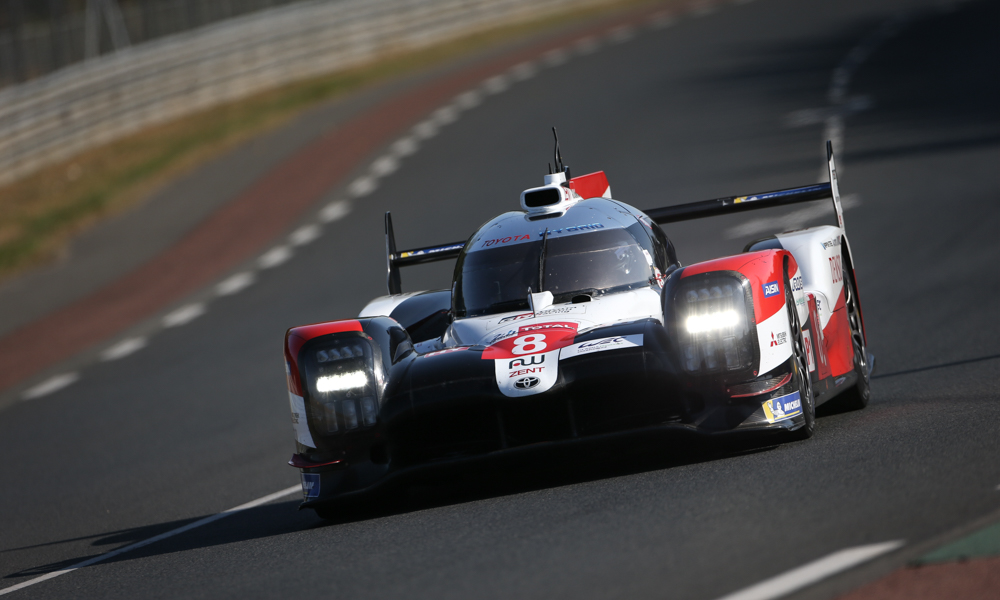
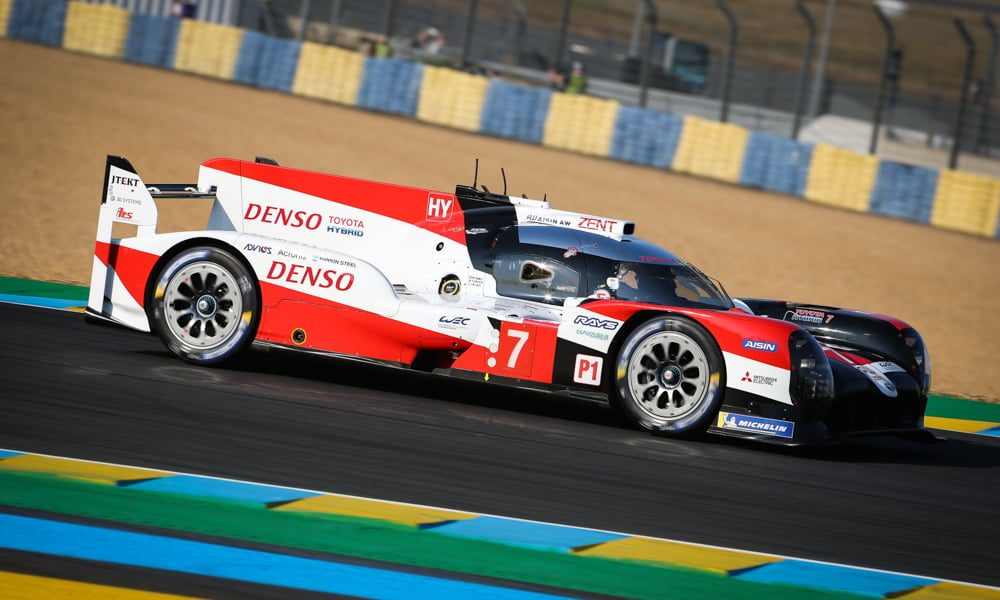
To give you a perspective, one lap of Le Mans is 13.6km. A typical Formula One track is around 5km long. The infamous Mulsanne straight alone is 5.95km in length. Prior to the modern era where the Automobile Club de l’Ouest (ACO) and the FIA placed a pair of chicanes to slow down the speeds of the cars and improve safety, the top-tier Group C prototypes of the 1980s and early 1990s were flying through this straightaway at just a hair over 400km/h. But even with two chicanes to slow down the LMP1 sports prototypes, cars are still hitting around 330km/h.
Of the 54 vehicles who qualified as of this writing, only six are in the top-tier LMP1 field dominated by the factory Toyota Gazoo Racing Team, returning as two-time consecutive champions with the Nos. 7 and 8 racers. These two are in a class of their own within LMP1, being the only ones running hybrid powertrains with 1,000hp through all four wheels. Balance of performance formulas have been applied to help equalize the outright advantage of the all-wheel drive Toyotas over the grueling race. Suffice to say, Toyota knows that victory is never a guarantee. You never win by just showing up. Toyota endured 20 failures before winning their first outright Le Mans win.
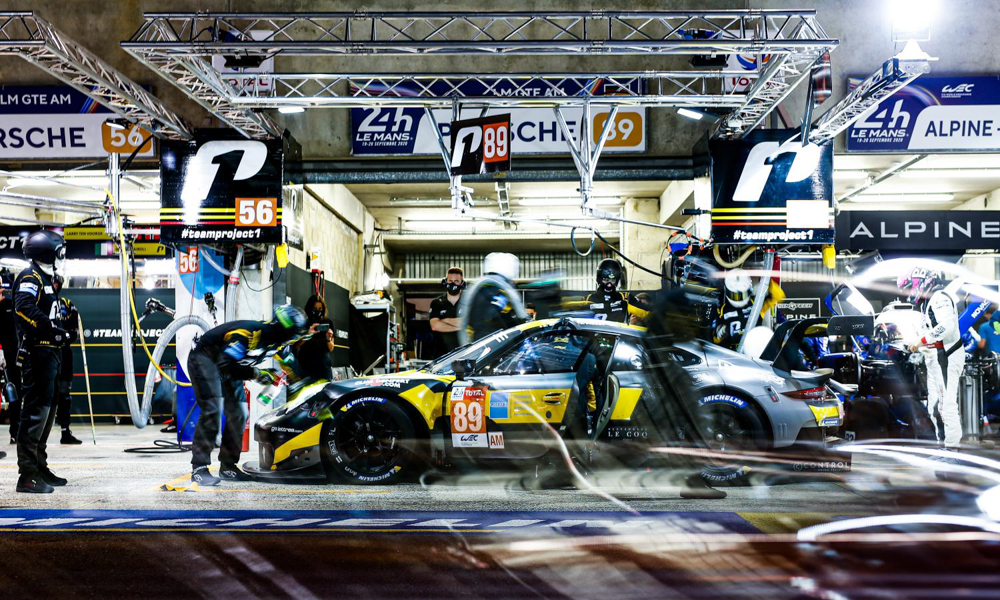
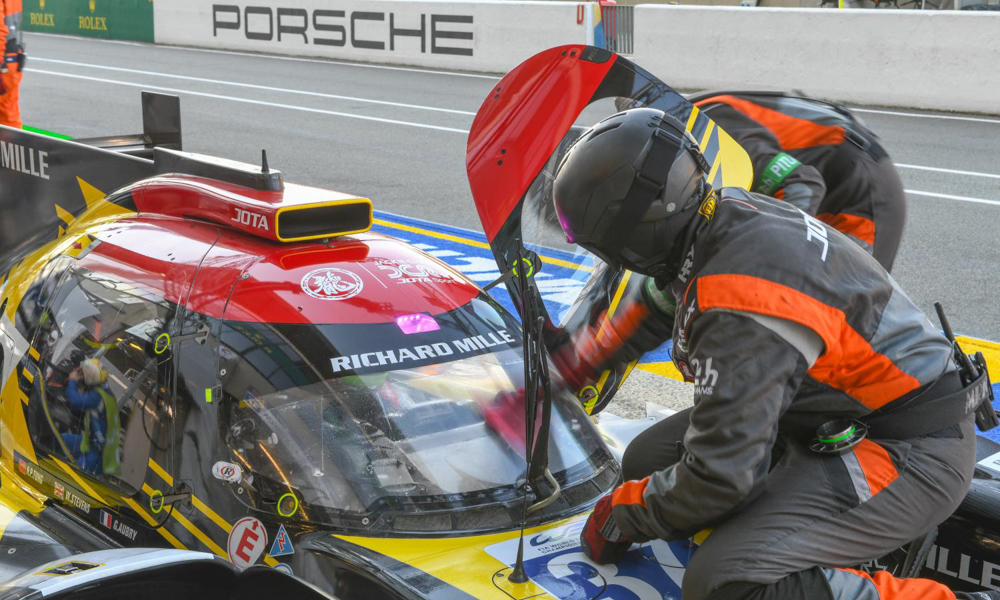
Next is the LMP2 class consisting of similar-looking machines built to almost identical specifications, all powered by the same British-built Gibson 4.2-liter V8 engine. This class has the most number of participants with 24 entries.
Below LMP2 is the GTE Pro class consisting of four Ferraris, two Porsches and two Aston Martins. These are factory-backed efforts competing for bragging rights for the fastest production-based sports cars in the world. And last but not least is the GTE AM class which, as the name suggests, are similar to the GTE Pro cars but driven by wealthy aspirants who simply want to live the dream of racing in one of motorsports Triple Crown events (the other two being the Indianapolis 500 and the Monaco Grand Prix).
It’s this diversity of teams, manufacturers, and drivers that make Le Mans a truly world-class event. Countries like Japan, Germany, Italy, USA, UK, France and so on are represented by cars, teams, and drivers. In fact, you’d be surprised to know that many Filipino race mechanics are at Le Mans working the pits for various racing teams.
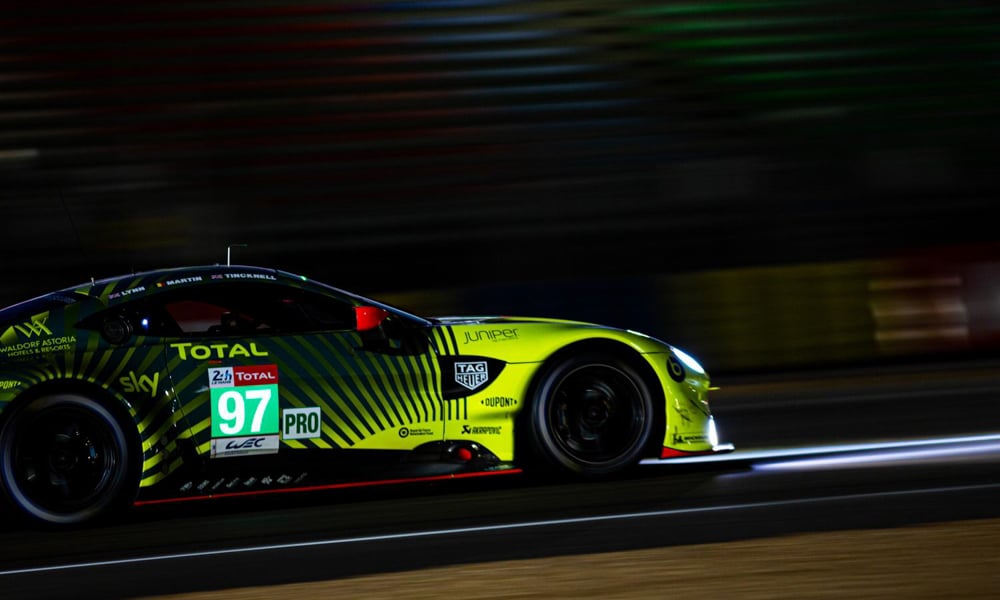
So, what are the changes one expects in 2020? Firstly, the absence of many great players. Ford pulled the plug on their GT Race Car program after the 2019 season, and Chevrolet canceled their effort this year due to the pandemic. Porsche and Audi will not be competing at the top-tier LMP1 category. There will be no spectators in the usually bustling grandstands and camp sites around the track, and even the commentators are virtually hosting form the comfort of their own homes or local studios.
The season also plays a crucial role. Typically in France, days in June are more or less have 12 hours of daytime and nighttime racing, each. This year, the night session will be far longer—amounting to a staggering 16 hours. The racers will only be running eight hours under the sun. The weather is cooler, so cars will be running faster thanks to the colder air and lower track temperatures. The choice of helmet and or windscreen visor shade will also play a critical role as bad weather can rear its ugly head and cause untold chaos for the participants.
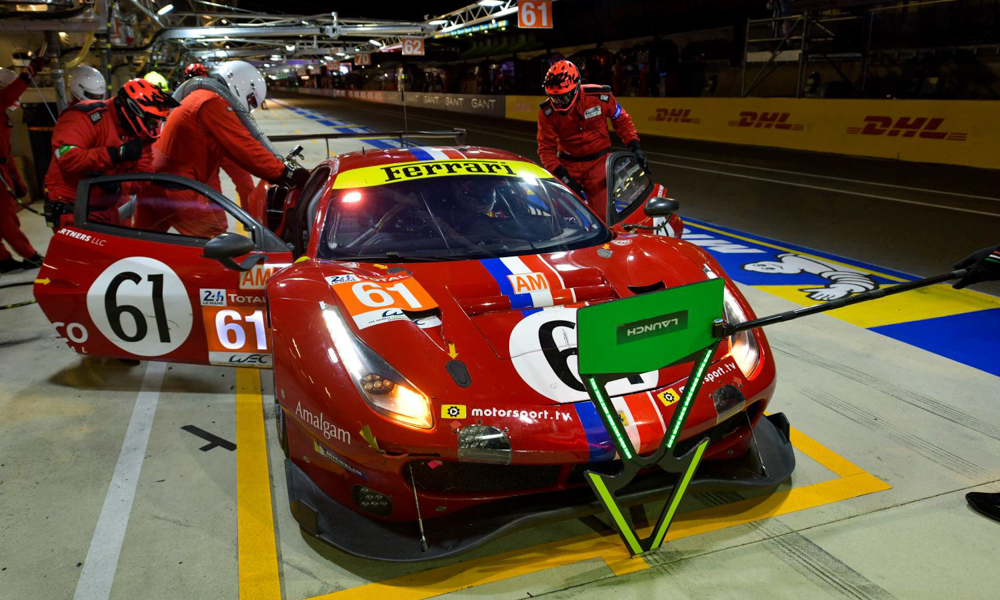
Will this be the year Toyota cements itself as an all-time great? Will they make a hat trick and make it three outright wins in a row, making them the most successful Japanese manufacturer to ever compete in Le Mans? Fingers crossed, let’s hope and pray for a good clean race!




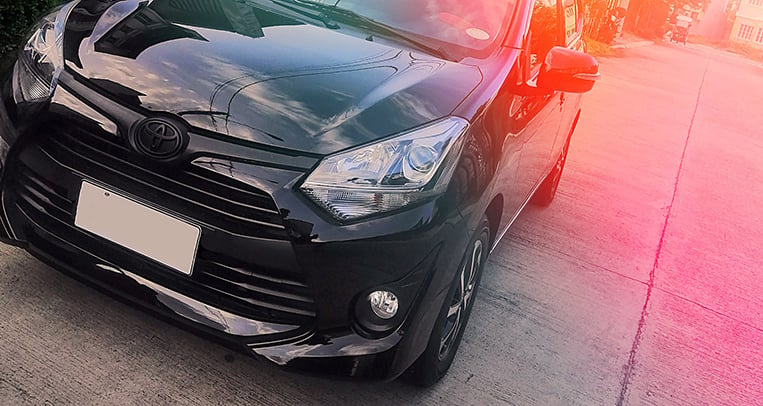

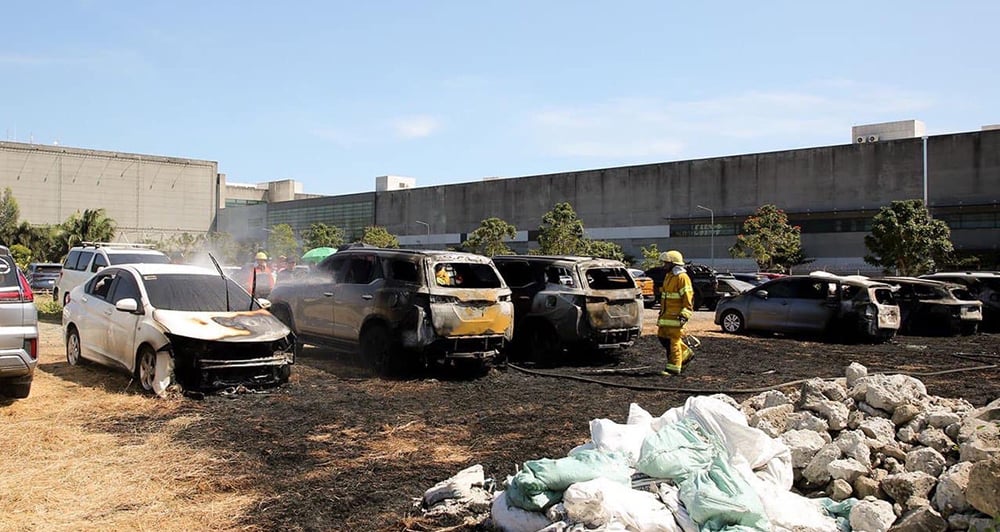
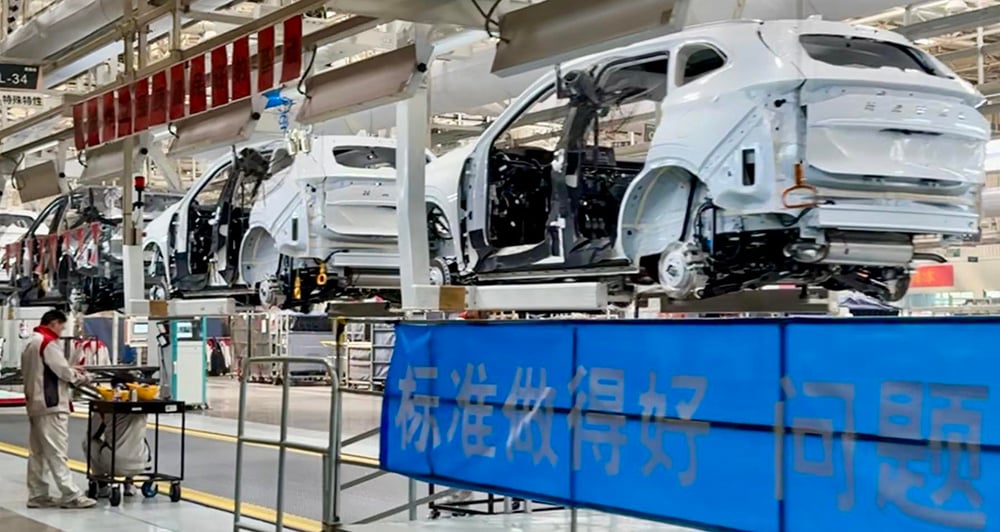
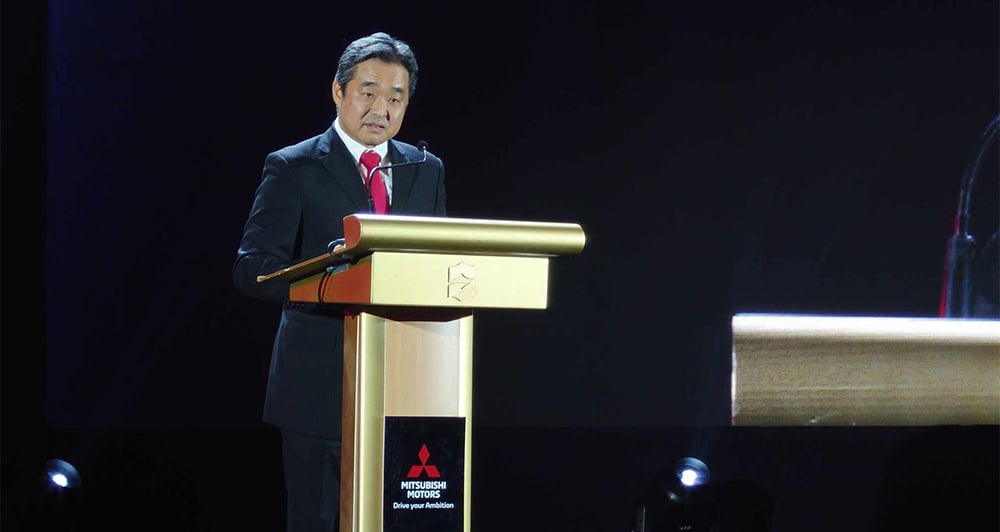

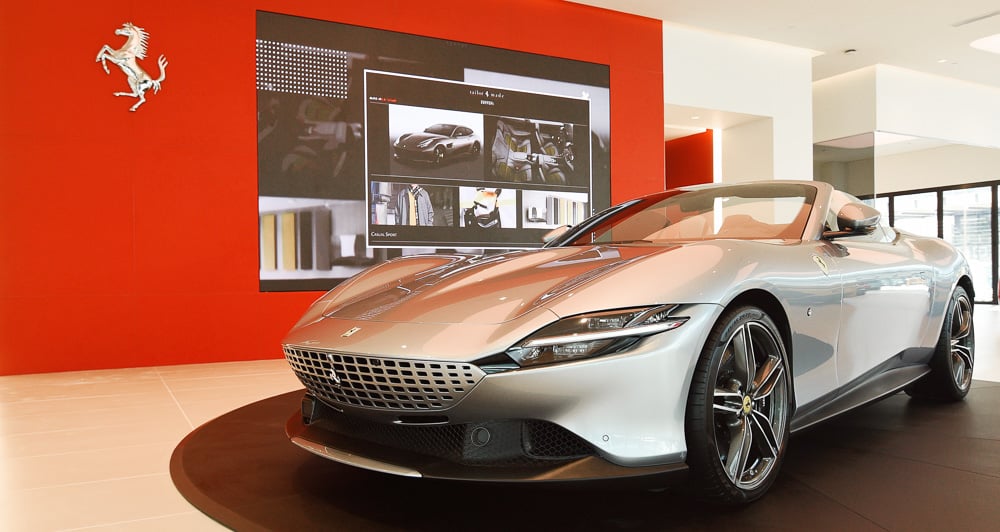
Comments